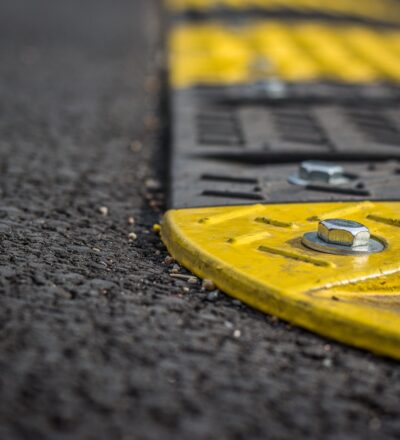Small polyethylene glycol (PEG) molecules were grafted on ceramic γ-alumina membranes, by making use of organo-alkoxysilanes or organo-phosphonic acids as linking groups. It was proven by FTIR that the short PEG brushes are chemically grafted into the pores of a 5 nm γ-alumina mesoporous support, which results in a decrease of the pore diameter as measured by cyclohexane permporometry (reduction of 2.1 nm).
The stability of these PEG-grafted membranes was investigated in water for 216 h. Permeability and liquid state 1H NMR were used to show that PEG-modified membranes with an alkoxysilane linking group degrade rapidly during exposure to water. On the contrary, the phosphonic acid linking group remained grafted on γ-alumina supports for at least 216 h in water.
In conclusion, this work shows a promising and simple method for the fabrication in a green solvent (water) of hydrophilic organically-modified ceramic membranes, which can be successfully applied for wastewater treatment.
